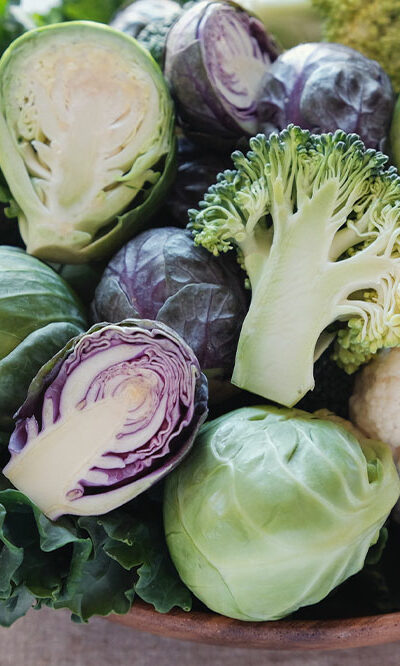
Things You Should Know About Diabetes Impotence.
Until recently erectile dysfunction or impotence was one of the most ignored and neglected complications of diabetes. The rate for diabetes impotence has increased over the past couple of years and it’s a clear indication that one must understand the adverse effects of diabetes and how it plays a major role in causing a condition called sexual dysfunction in both men and women. Men with diabetes are more likely to suffer from erectile dysfunction or impotence especially in cases where diabetes is not controlled by the patient. It has been recorded that nearly 75 percent of men who suffer from diabetes have developed erectile dysfunction over a period of time. This is a condition where men cannot start or sustain penile erection for satisfactory intercourse. However it is still very difficult to understand how diabetes and impotence are linked to each other. Exploring the Link between Diabetes-Impotence Diabetes impotence is a condition that can impact both men and women, hence it’s important to understand that both sexes should take conscious effort in controlling diabetes to avoid sexual dysfunction or impotence. It has been proven that if diabetes is not controlled through medical measures over a long period of time, it results in the damaging of the nerves and arteries in the body. In general, the lining in the blood vessels of the bloodstream releases a chemical called nitric oxide which signals the muscles and arteries in the penis to let the blood flow, resulting in penile erection. For people with diabetes, the damaged nerves create an obstruction in the flow of blood as they block and lower the level of intravascular nitric oxide. The patient experiences loss of sensation due to the obstruction in the penis, thereby causing difficulties in sustaining rigid erection. In the case of women, diabetes impotence causes vaginal dryness that again leads to an unsatisfactory sexual experience.










